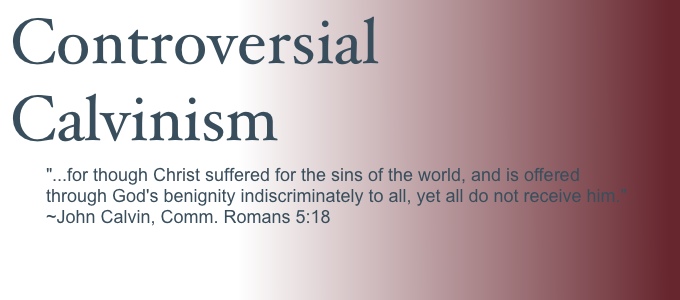I profess to be examining the logic of the theology of John Calvin. In order to do that, we have to have some ideas about logic itself and we have to have tools for analyzing logic. One common form of argumentation is Aristotelian or categorical syllogisms. Categorical syllogisms are those syllogisms that have a major premise, a minor premise, and a conclusion. The famous one runs like this:
All men are mortal;
Socrates is a man;
Therefore Socrates is mortal.
In my opinion, one of the best and simplest ways to analyze categorical syllogisms is Venn diagrams. They make the analysis simple and are also wonderful for making a visual presentation of one's analysis. Other techniques are required for more complicated arguments. But even complicated arguments can often be broken down into a series of simple syllogisms that are susceptible to analysis by Venn diagrams.
I thought I would put together a couple of short essays on the use of Venn diagrams. The material here is based on W. V. O. Quine, Methods of Logic, and Copi Cohen, Introduction to Logic, 10th edition.
In Venn diagrams, shading represents emptiness. So to represent "there are no unicorns," we would make a diagram like this:

A cross in a circle means "there is one or more." So to represent "there is at least one unicorn," we would make a diagram like this:

What does an empty circle mean? In modern logic, an empty circle means a lack of information. So the following diagram means, "there are zero or more unicorns."

More to follow in the next essay.




1 comment:
Hello matte nice post
Post a Comment